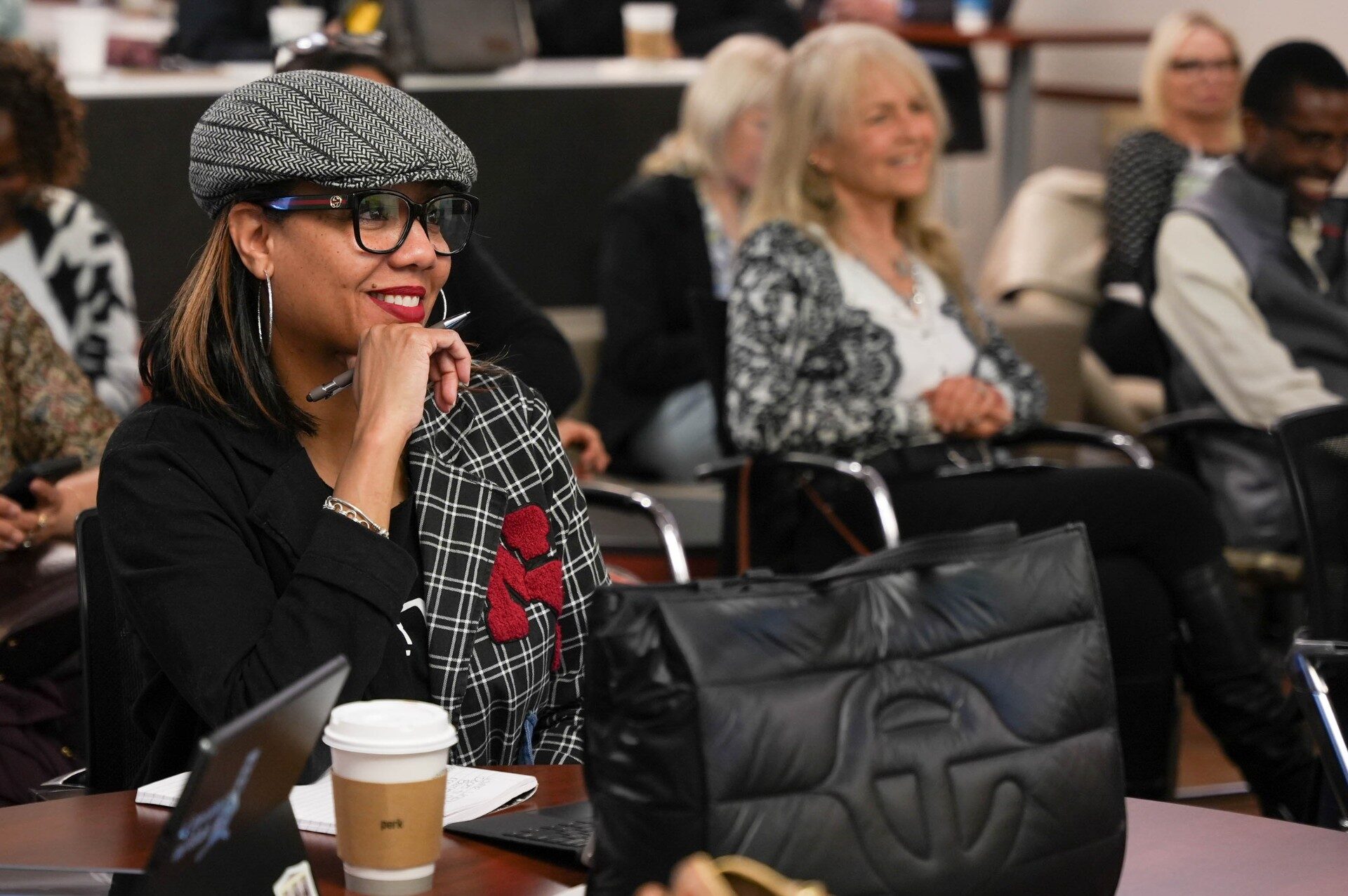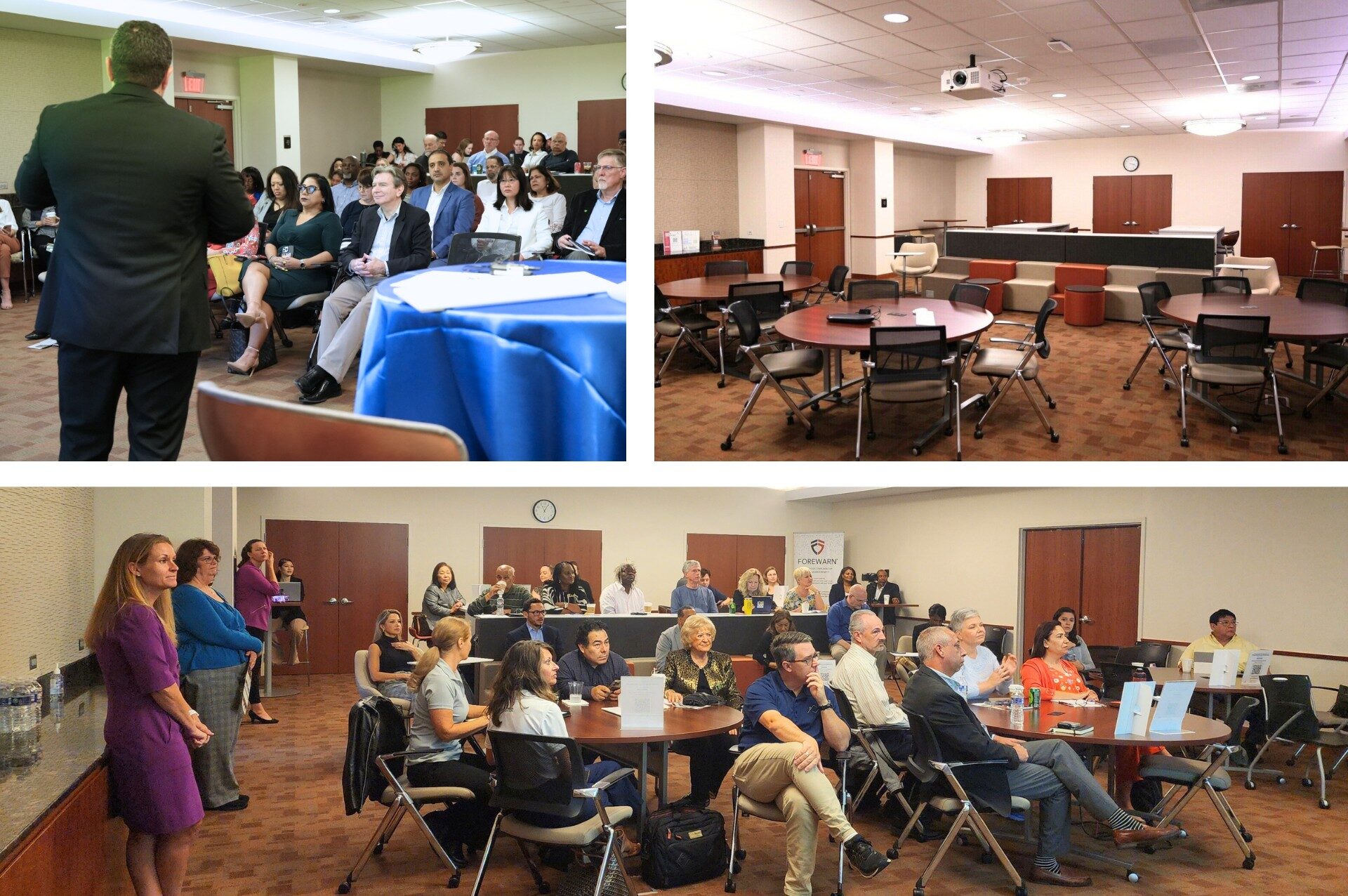About
NVAR has several rooms available to rent at our Fairfax location. Please note that room rentals are only available during NVAR’s business hours.

What Rooms are Available to Rent?

The Collaboratory [Fairfax]
Located on the first floor, the Collaboratory room is a dynamic workspace with audio/visual capabilities, designed for group activity. The room seats up to 40 individuals.
Hourly Rates:
Half-day (up to four hours) – $400 for NVAR Members, $500 for non-NVAR members
Full-day (up to eight hours) – $600 for NVAR members, $700 for non-NVAR members
The Great Falls Room [Fairfax]
Located on the first floor, the Great Falls Room is a traditional classroom workspace with audio/visual capabilities that seats up to 75 individuals.
Hourly Rates:
Half-day (up to four hours) – $500 for NVAR Members, $600 for non-NVAR members
Full-day (up to eight hours) – $700 for NVAR members, $800 for non-NVAR members


The Christine M. Todd Board Room [Fairfax]
Located on the second floor, the Christine M. Todd Board Room features an executive table with audio/visual capabilities. The room seats up to 25 individuals.
Hourly Rates:
Half-day (up to four hours) – $500 for NVAR Members, $600 for non-NVAR members
Full-day (up to eight hours) – $700 for NVAR members, $800 for non-NVAR members
The Fairfax Room [Fairfax]
Located on the third floor, the Fairfax Room is a traditional classroom workspace with audio/visual capabilities. The room seats up to 20 individuals.
Hourly Rates:
Half-day (up to four hours) – $400 for NVAR Members, $500 for non-NVAR members
Full-day (up to eight hours) – $600 for NVAR members, $700 for non-NVAR members

Additional Workspaces
Groups of four or less may access these spaces as a member benefit. Groups of five or more, who require a private space for more than 15 minutes, are kindly asked to call ahead and speak with a member of the NVAR staff at least 24 hours in advance.

Digital Experience Center
Located near the Realtor® Shop, the Digital Experience Center (DXC) is a state-of-the-art recording studio equipped with professional production equipment. This space can be used for videos, podcasts, and/or professional headshots. NVAR members can reserve a time in the DXC by visiting nvar.com/dxc.
Member Lounge
The Member Lounge is located by the first floor atrium and features comfortable chairs, charging stations, and delicious Starbucks coffee. This is your space to work, meet with a client, or network with your peers.

Questions? Contact us at 703-207-3200 or rentals@nvar.com
Please note, Strategic Partners receive a discounted rate for room rentals.
For more information about Strategic Partnerships, please visit nvar.com/partners.
